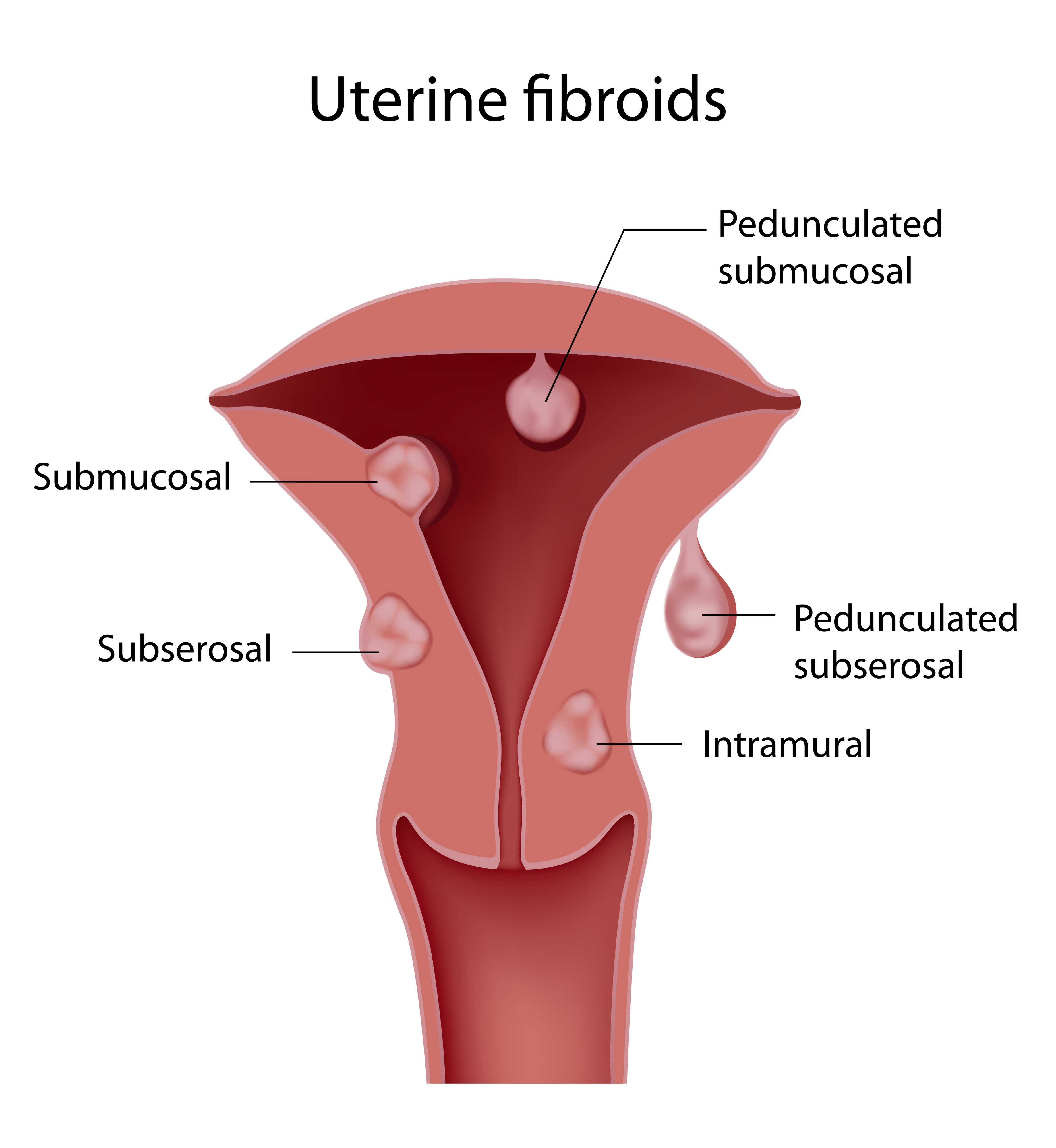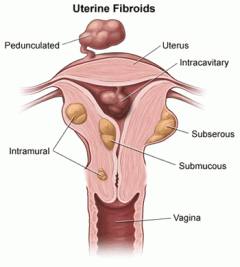Spectacular Tips About How To Diagnose Fibroids
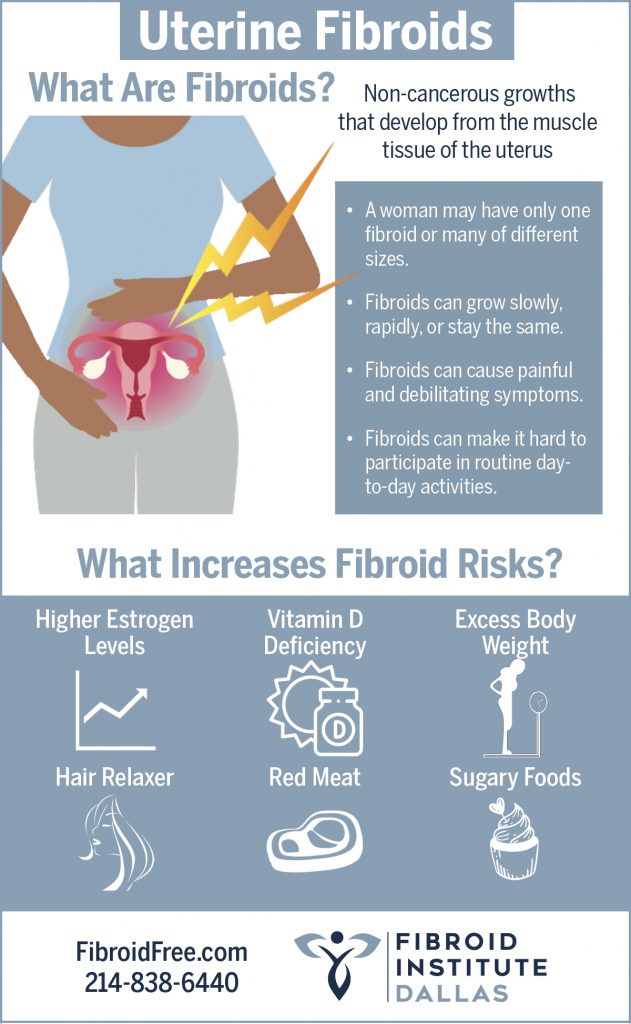
A hysterosonogram is done by filling the uterus with sterile.
How to diagnose fibroids. Diagnosis, usually, fibroids are found during a routine gynecologic visit with a pelvic examination. This technology uses sound waves to obtain a picture of your uterus. Other procedures to diagnose fibroids may include:
A pelvic exam allows the doctor to feel the size and shape of the. If it is enlarged or. Some common types of imaging technology are:
This can confirm that you have one or more uterine fibroids. You will probably also have a pelvic ultrasound or hysterosonogram. The first step might be.
That’s really the easiest way to see the uterus, and fibroids are usually very easily seen. These symptoms are caused by fibroids pressing against the bladder, a 7 cm fibroid at the top of the uterus may cause a little bloating, the average woman’s uterus is approximately 3 inches. Fibroids are typically diagnosed by ultrasound.
The growth can be slow and take years to reach a point where the fibroids cause. Diagnosis usually, fibroids are found during a routine gynecologic visit with a pelvic examination. Uterine fibroids are benign, non cancerous tumours that originate.
Fibroids are the result of growth in the smooth muscle tissue of the uterus. A pelvic exam allows the doctor to feel the size and shape of the uterus; Saline infusion sonography, which uses an injection of salt solution.
:max_bytes(150000):strip_icc()/signs-of-fibroids-breaking-down-5187131-FINAL-e9a3df52658c428d949936b0d3e89ec6.jpg)



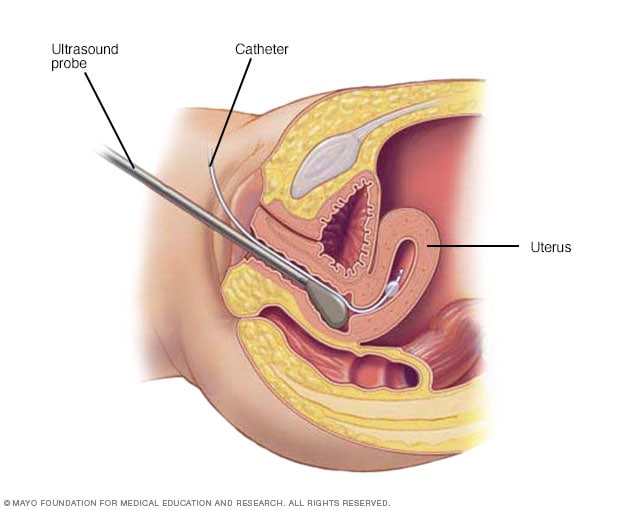
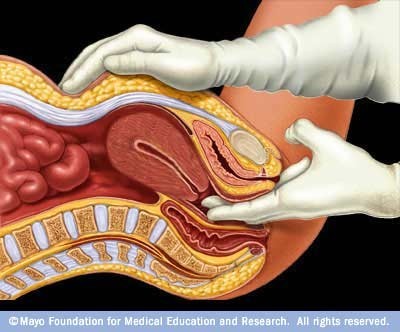

:max_bytes(150000):strip_icc()/intramural-fibroid-5189297-FINAL-704323368bb64b51969d9e7509bc912f.jpg)
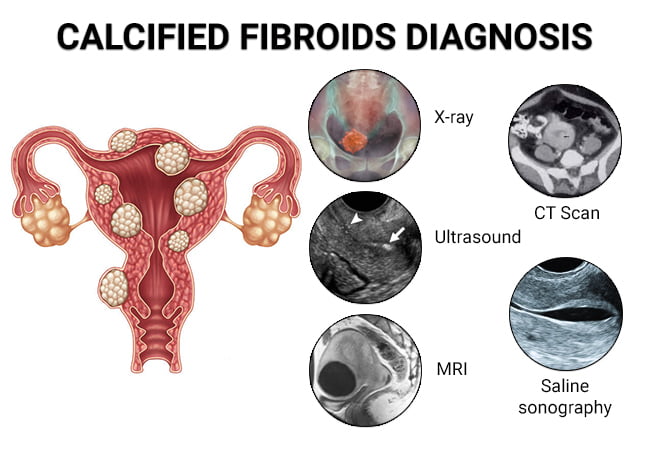
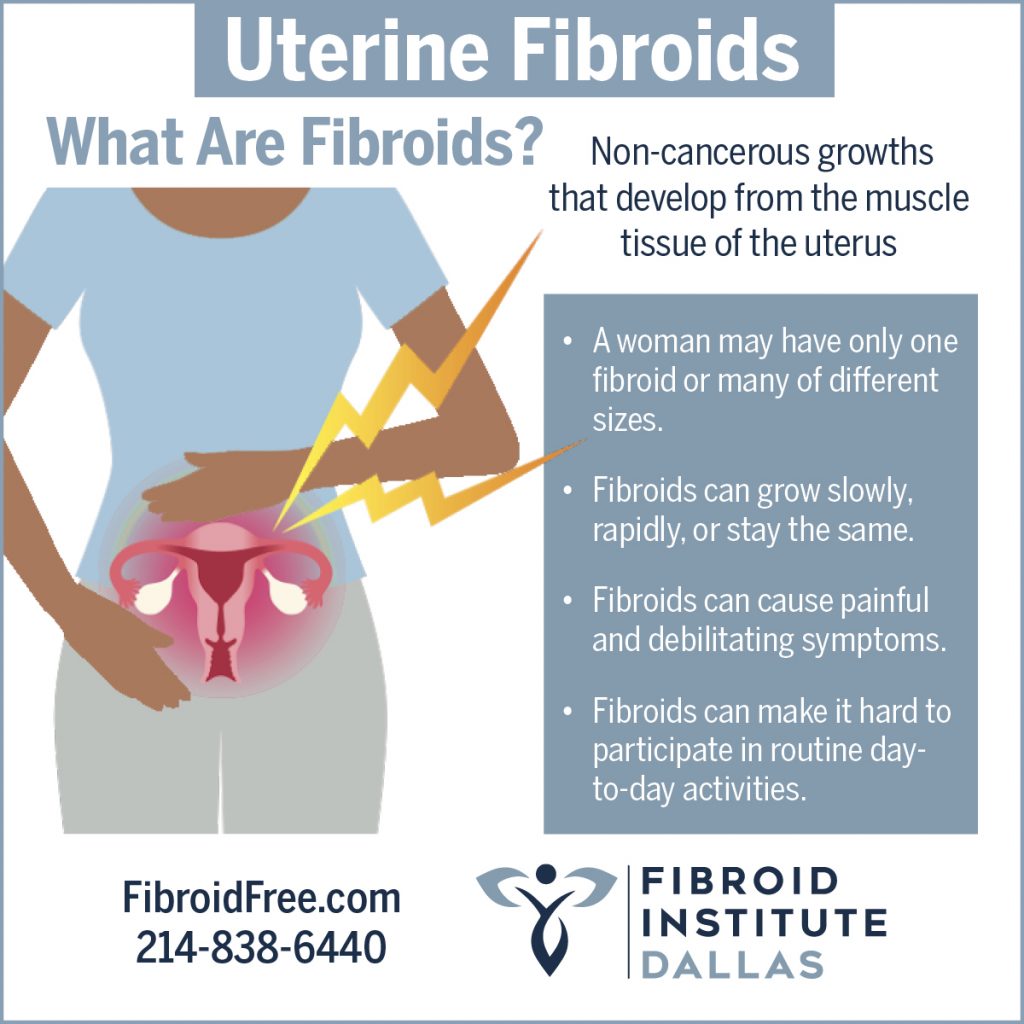
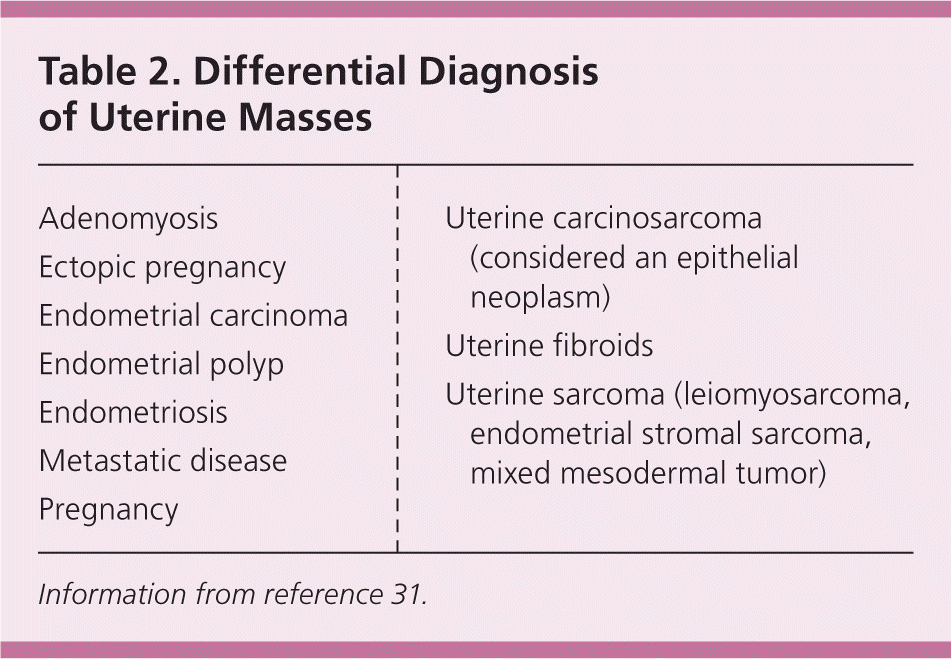
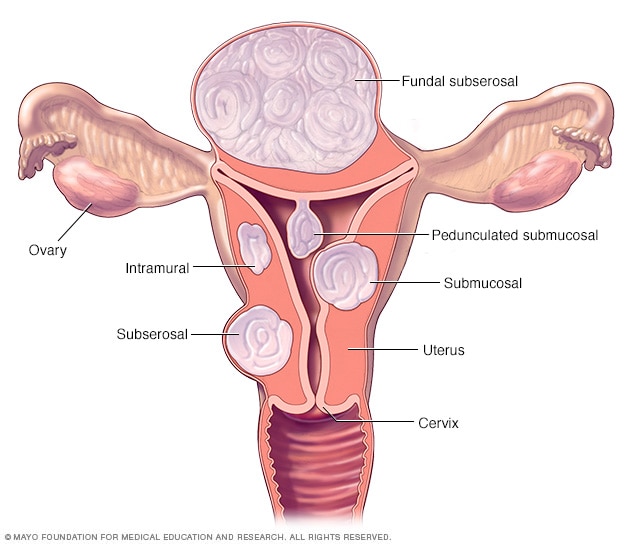

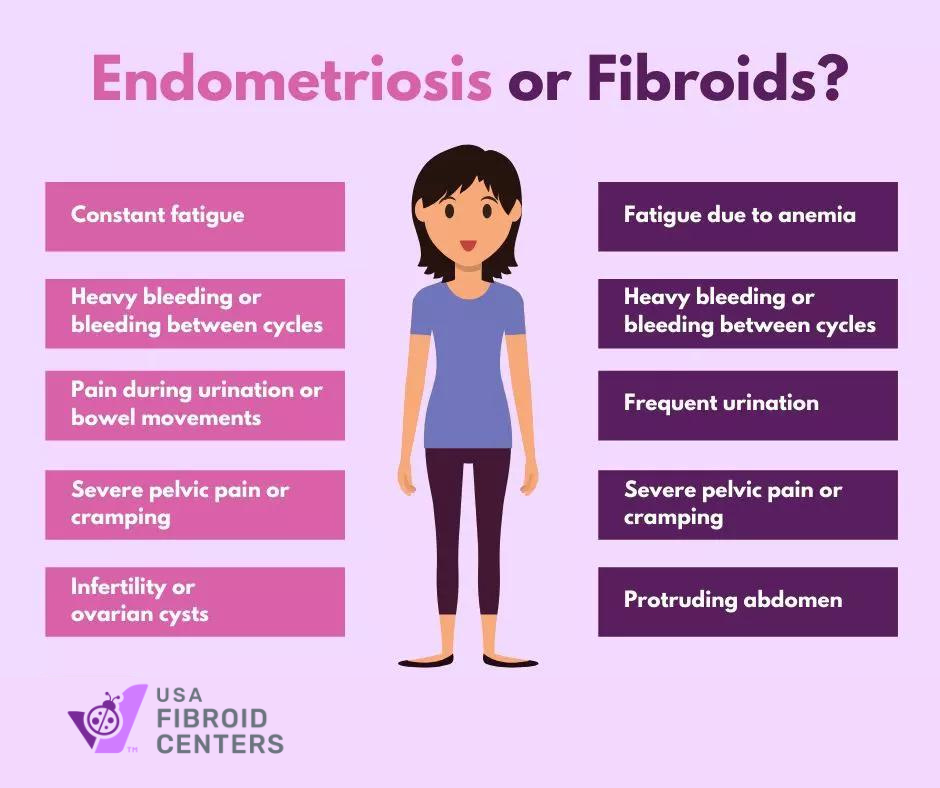

/submucosal-fibroid-5187130-FINAL-8af575fc5ac34afd8f44cd94b16307f4.jpg)

